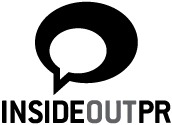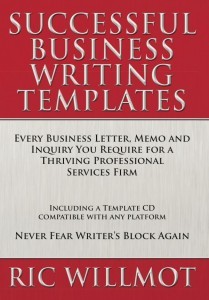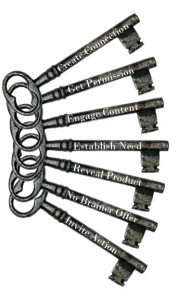The Speakers Practice has invited Australian Business owners to submit articles on the topic of the Presentation Skills in the workplace. Contributors are experts in their industry , discussing aspects and giving advice concerning presentation skills in their field of expertise.Here’s a wonderful article from the team at InsideOut PR who specialise in internal and external communications for corporate and consumer brands. –
You’ve just landed the perfect media opportunity. A film crew is ready, the hosts have been briefed and your suit has been dry-cleaned. This is your chance to represent your brand and showcase its offering to the marketplace – it’s make or break time.
Tomorrow your live interview airs, and you win your audience over (think Justin Bieber and his thousands of screaming tweens). You leave the public with a favourable impression of your organisation, and better yet, they’re taking action like visiting your web page or making a purchase.
Alternatively…
You hear crickets. No response to your message – no calls, no enquiries and a social media explosion of negative commentary. The interview opportunity has taken a turn for the worse and you’ve completely lost not only the public’s interest, but their trust.
A negative outcome can happen to even the most well-connected individuals, Australian Actor of a celebrity family, Matthew Newton is going through it right now.
As a communications agency, it’s InsideOut PR’s job to prepare our clients for the most favourable outcome possible. But what are the 10 worst things you can do in an interview? We’ve listed them here:
Avoid answering the question. It’s a tactic that PR practitioners and politicians have prescribed to for years – never admit guilt, respond with a statement that appears as though you’re answering – but in fact you’re merely repeating pre-approved statements. The problem is this just doesn’t work in today’s two-way digital world – the public sees through it and you’re not doing your brand any favours.
Fidget. Move uncomfortably throughout the interview and you will look like you’re trying to dodge a bullet – literally.
Lose control. Raising your voice or becoming aggressive will never win empathy – no matter the situation.
Long-winded responses. If you take more than 10 words to answer a simple question – then you can lose or confuse the audience.
Lie. Once you’ve been recorded, it’s eternally stored for reuse by media in future stories. Lose public trust, and you may as well place an advertisement for your competitors.
Keep repeating the same words. If you don’t offer any new information, your interview will be cut and it’s likely you won’t get the opportunity again. The media prefers personalities that can engage with the interviewer and offer an interesting and fresh perspective.
A physical appearance clash. If you’re not dressing appropriate for your role, the situation and your organisation, then it will be hard for the audience to relate to the interview. You’ll have no control on how photos/videos from the interview will be used or distributed in the world-wide web.
Avoid responsibility. Blaming others, especially other departments in your organisation, will not reflect well. If you’re being interviewed as a spokesperson, represent the organisation’s position and take responsibility for the outcome.
Lack empathy or sincerity. Put yourself in the shoes of viewers and see what they see. The Australian culture respects authenticity and a genuine concern for others in tragedy.
Offer no solutions. If you’re being interviewed in relation to a negative situation, then you’d better have solutions ready. The speed at which an organisation makes amends is in direct proportion to how fast your reputation will be restored.
The most important thing you can do is take the time to prepare for the interview. Your PR agency will be able to provide you with the training and support to ensure you project the right image and get the results you desire.
Start observing media interviews and you’ll soon see for yourself which personalities win over the Australian audience – and – which ones don’t.
Thanks to the team at InsideOut PR . There are significant points raised here to maximise our impact when those valuable media opportunities arise.









